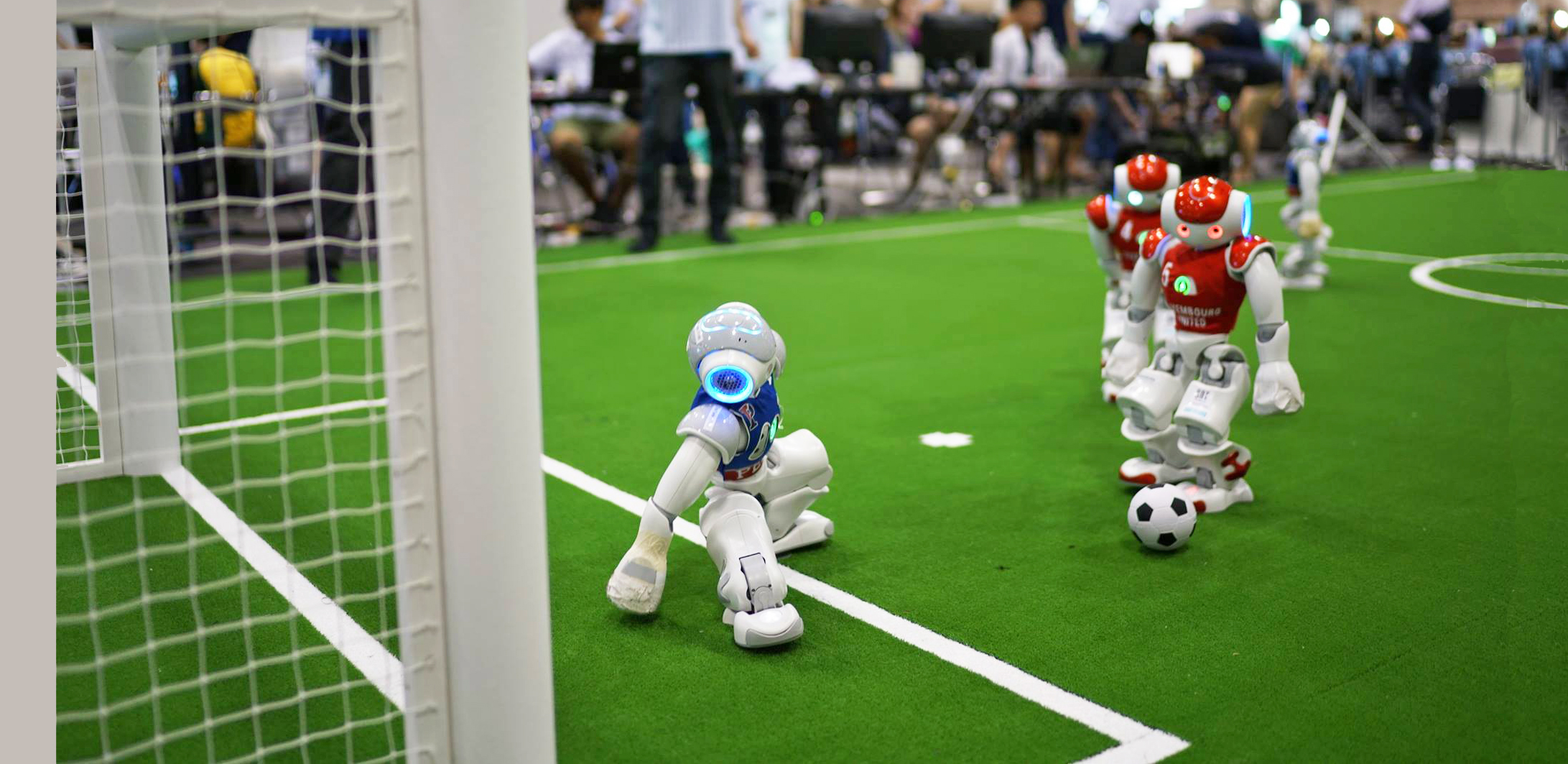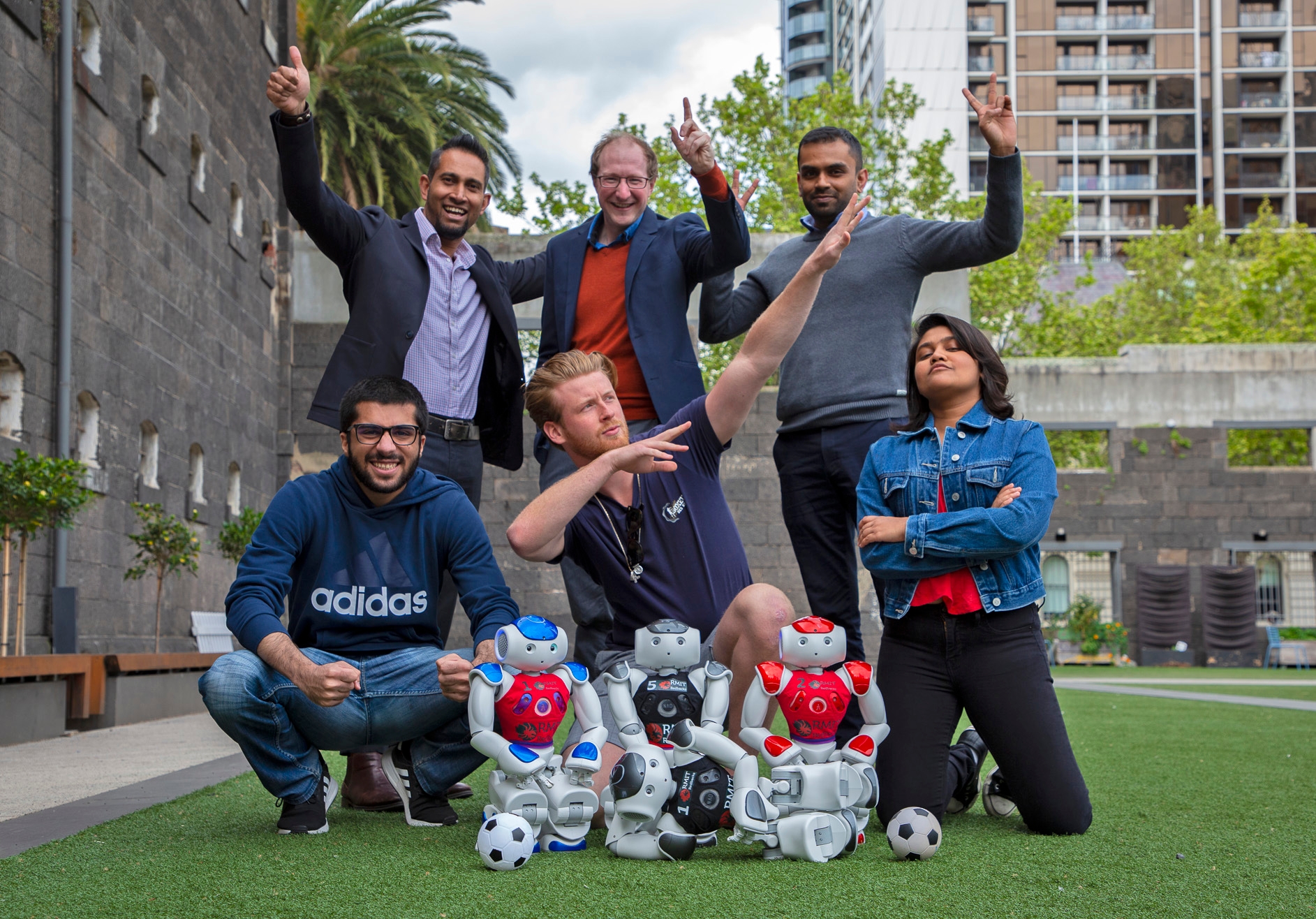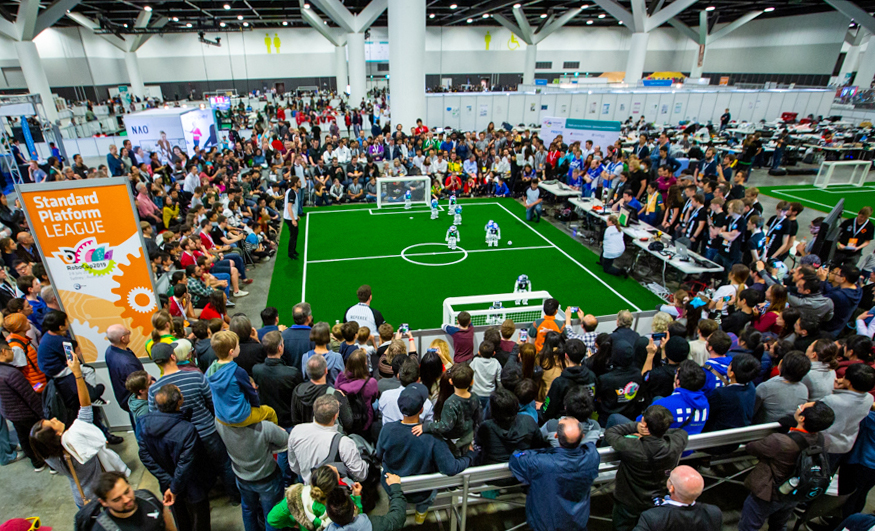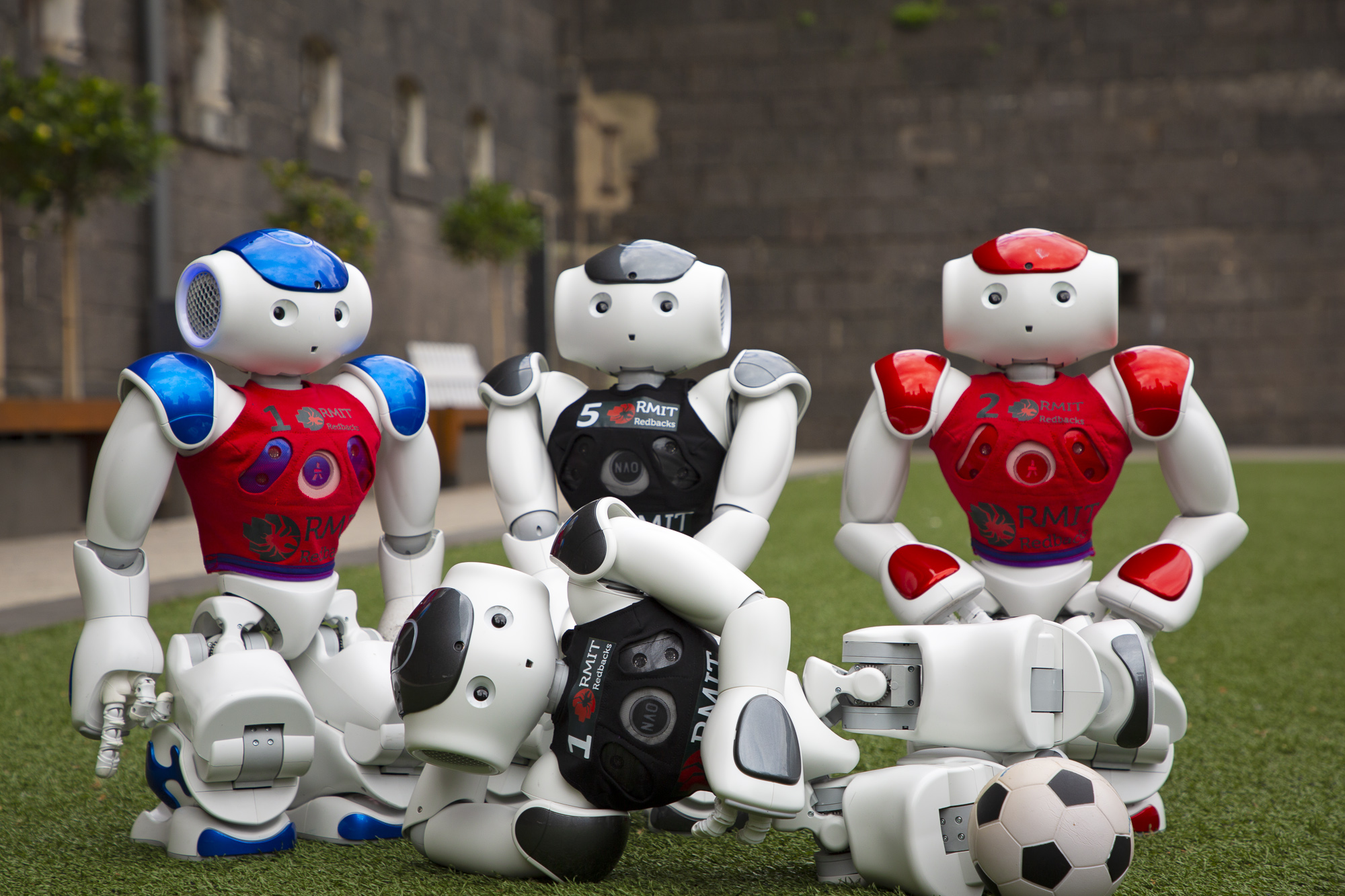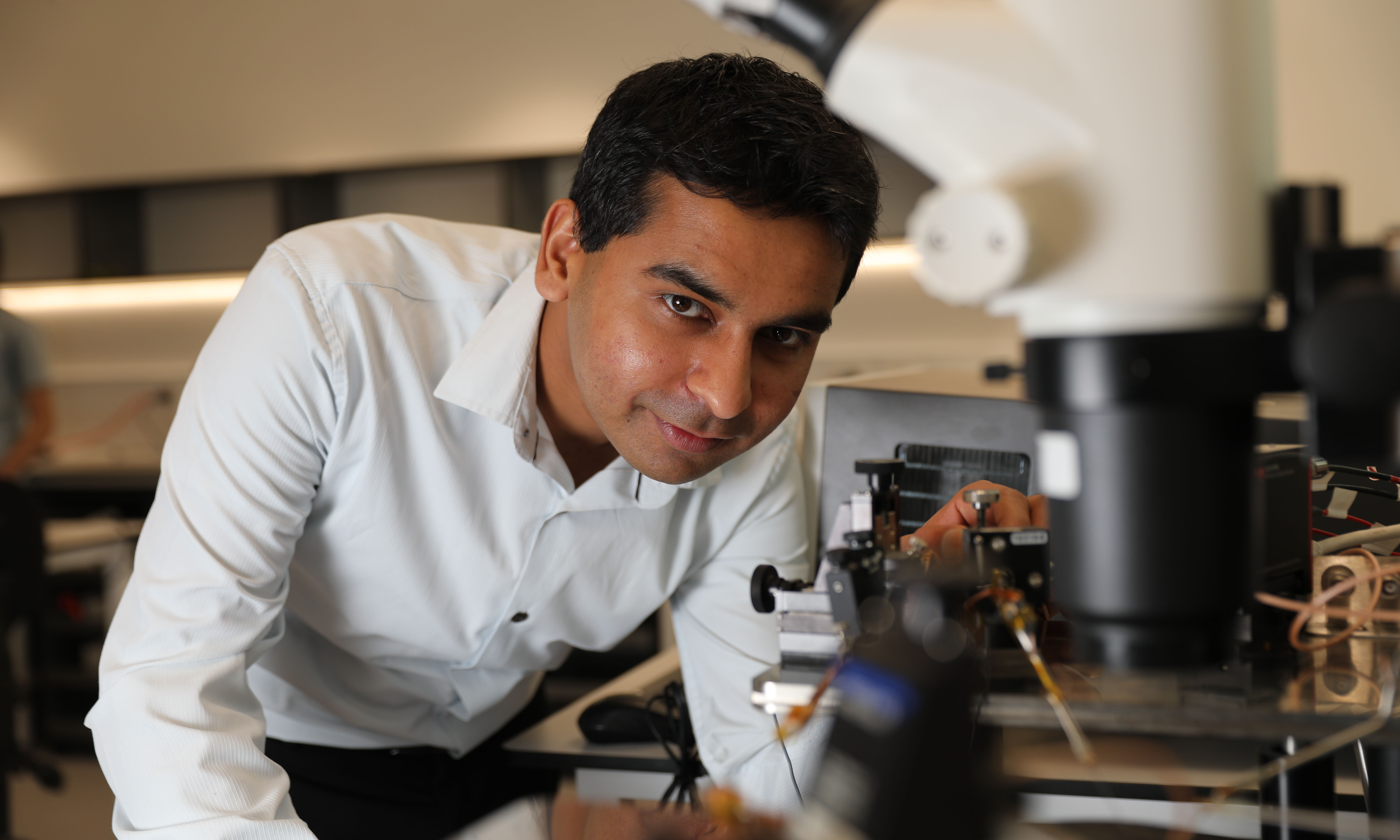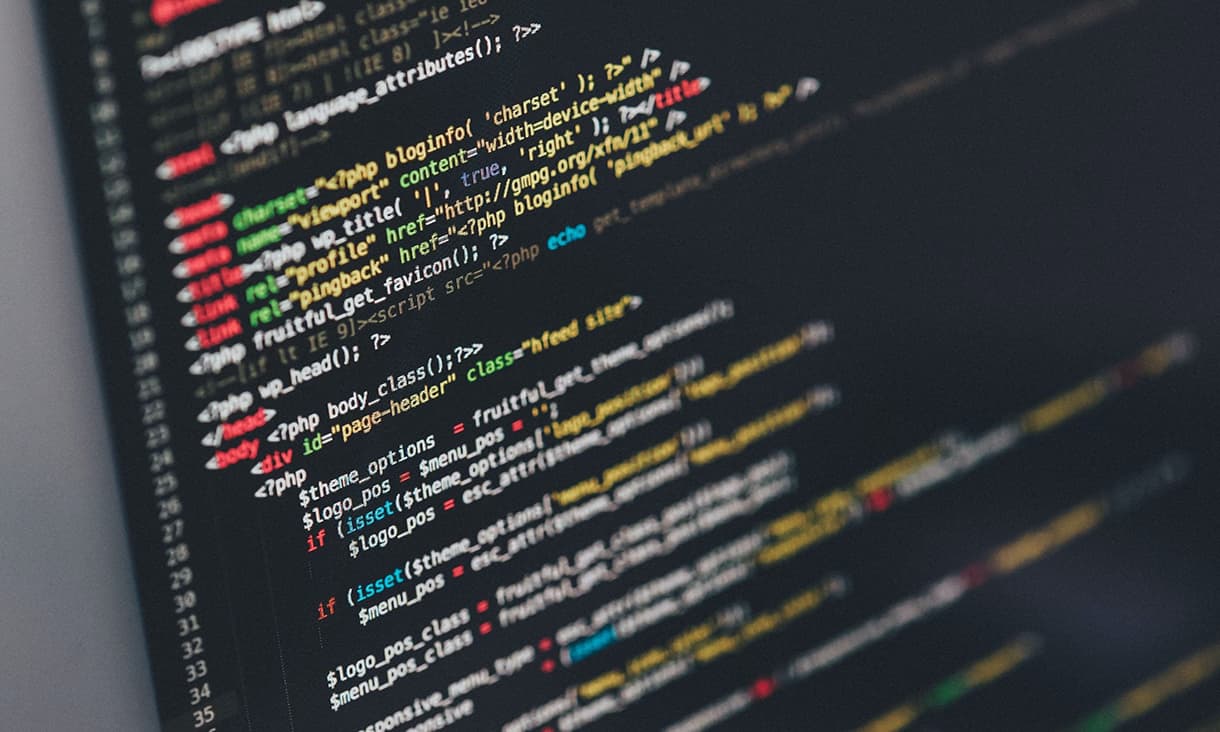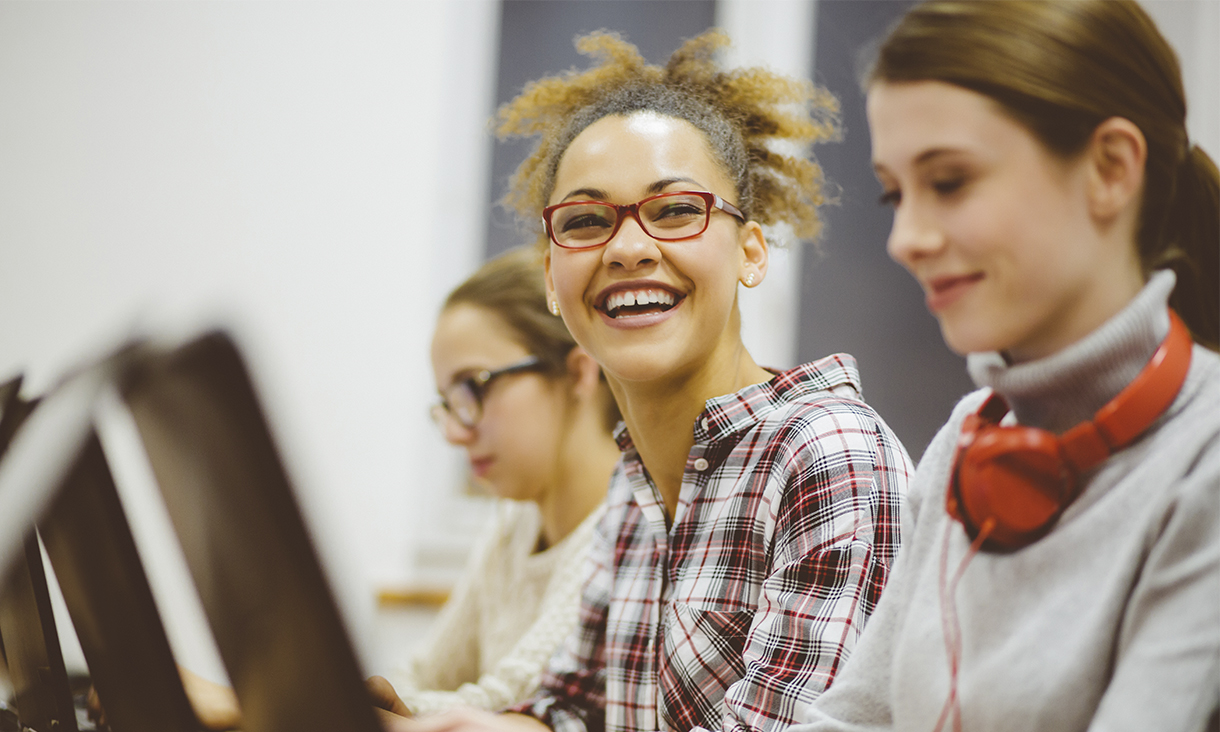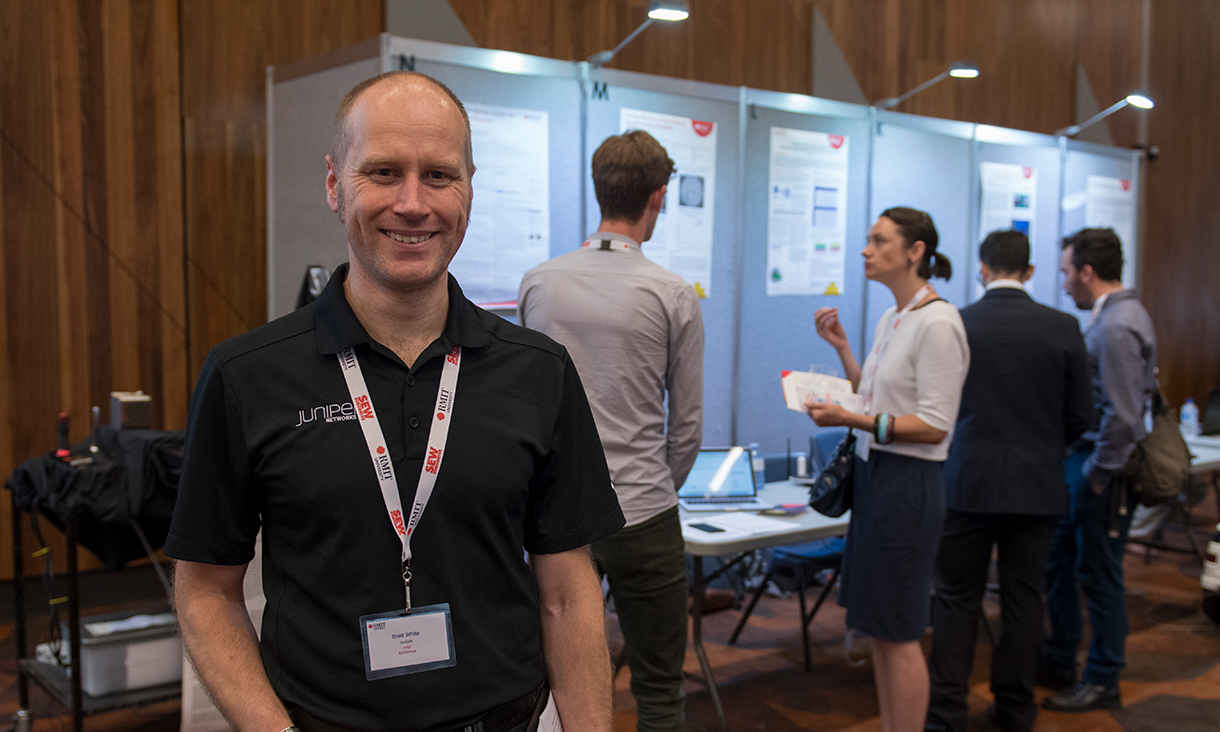RMIT researchers win prestigious 2018 Victoria Fellowship
RMIT researchers Sumeet Walia and Flora Salim have been awarded Victoria Fellowships for their outstanding work in nanotechnology and data science respectively.
RMIT set to be the first Australian university to implement a dedicated cloud supercomputing facility on AWS to boost research capabilities
RMIT is set to become the first Australian university to implement a dedicated cloud supercomputing facility on Amazon Web Services (AWS) to drive digital innovation in research and education at scale.
Girls bring the WOW factor
Pop megastar Beyoncé sang about girls running the world and that’s what more than 500 school students were empowered to do at the Girled World WOW Summit at RMIT.
EnGenius 2017 showcases the future in engineering design to industry
Students studying electrical, computer, telecommunications, electronic and biomedical engineering have demonstrated their design projects at the EnGenius exhibition showcase.
